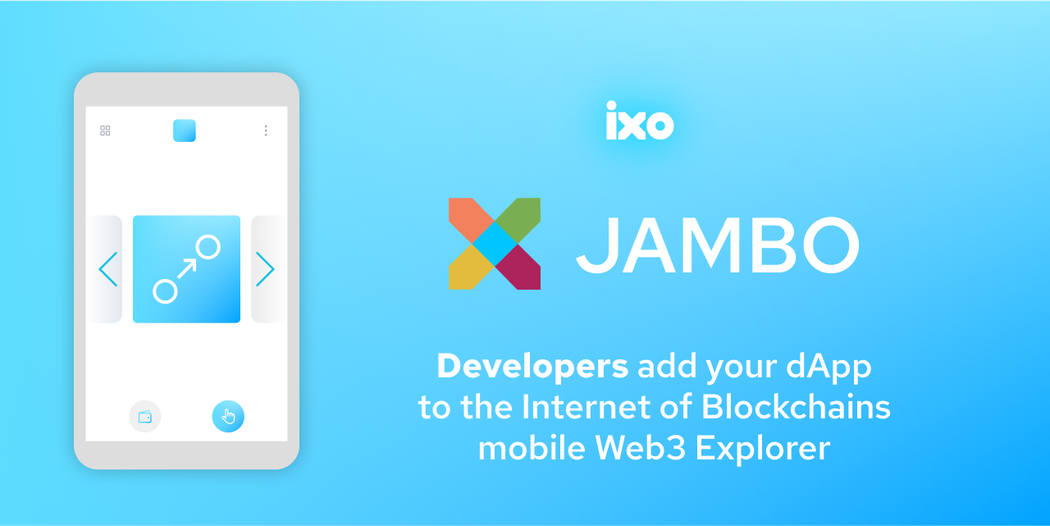JAMBO is a web application platform for building decentralized applications (dApps) on the Web3 Internet of Impact, including any Cosmos chain.
This is done using the low-code JAMstack framework. JAMBO adds Blockchain (for now Cosmos chains, in future most chains including Ethereum, Polygon, Celo, and more), and Opera.
JAMBO = JAMstack + Blockchain + Opera
Whether you're a seasoned developer or just starting out, building a dApp with JAMBO could be a joyous path to learning how to build dApps in general.
You could very quickly deploy your own dApp in the JAMBO mobile dApp store and make this immediately available to the millions of Opera Mobile Browser users who already have this in their hands!

The emphasis is on great user experience, with a particular focus on gaining new users in emerging markets! JAMBO is ideal for building dApp interfaces as action-driven mobile webpages for mobile-first users, with crypto keys preloaded and no new apps to download. It's also serverless and fast, delivered through Netlify.
The native Interchain Wallet integration we built with Opera comes pre-loaded with a did:key decentralised identifier (DID), as well as Cosmos-compatible SECP256 HD keys and an ED25519 key.
As an example of what can be built with JAMBO, we have developed P2P-Send, a lightweight interface for users to send and receive assets on any cosmos chain using the Opera Mobile browser, WalletConnect, or Keplr wallet. It also works on desktop browsers! Why don't you try it out now at https://p2psend.jambo.earth.

With the IXO Stake dApp you can easily delegate IXO tokens and earn rewards.

To get started, check out the documentation on GitHub. This will guide you through the process of forking the repository, updating the config file, deploying changes, adding environment variables, and redeploying the site –which is easily done using services such as Netlify.


